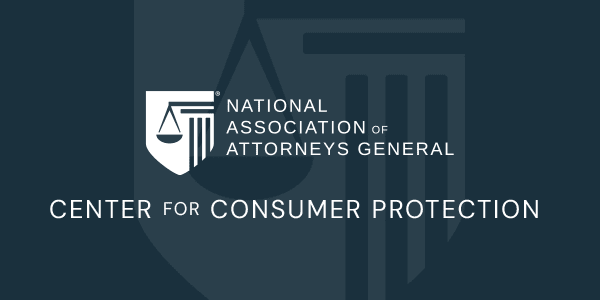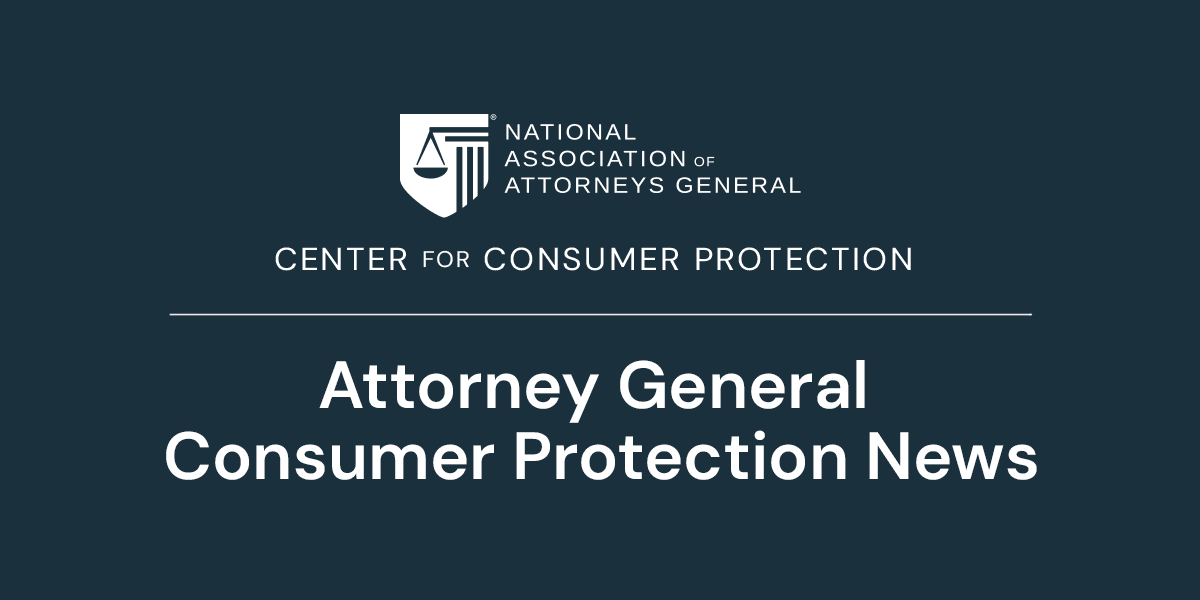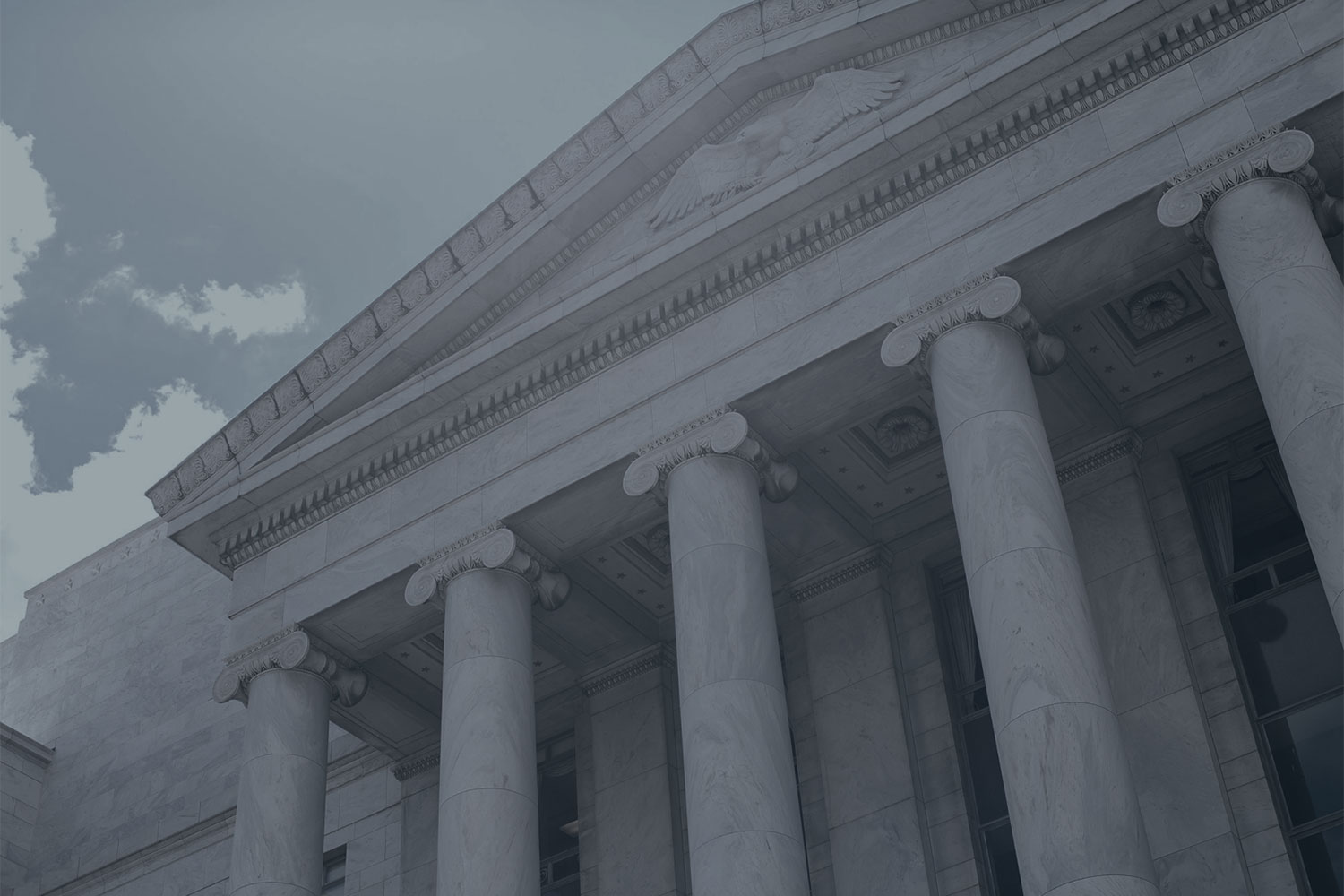Sandra Arenas, Assistant Attorney General, Office of the Attorney General of Connecticut; Christine Johnson Spence, Assistant Director of Public Prosecutions, Office of the Director of Public Prosecutions, Jamaica; John Moreira, Assistant Attorney General, Office of the Attorney General of Rhode Island; Paul Singer, Chief, Consumer Protection Bureau, Office of the Attorney General of Texas; Setha Tienpiragul, Public Prosecutor, Office of the Attorney General of Thailand; Erling Vestergaard, Deputy State Prosecutor, Office of the Danish State Attorney for Special Economic and International Crime
This group was tasked with identifying ways that prosecutors may assist with creating deterrents that aid in reducing the infiltration of counterfeit products from entering the marketplace, and further identifying effective methodologies to address associated issues. A coordinated international effort; combining improved legislation, increased education, global enforcement; all through structured collaboration among all stakeholders will help to reduce the demand and supply of counterfeit products.
Education
A top priority in combatting counterfeit products should be a multi-faceted, coordinated, global campaign to increase awareness. Too frequently, the public believes that counterfeiting is a relatively victimless crime – consumers understand they are purchasing illegal goods, but they believe that the only victim is a business that loses on legitimate sales revenue.
Targeted Youth Campaigns and Curriculum Integration
By engaging consumers at a young age, we can instill knowledge and core values on the importance of protecting innovation and creativity as well as the threats posed by counterfeit products to the health and safety of the end user. This should be combined with increased education about threats against the integrity of personal data posed in the online environment by fraudulent 2 actors, and increased education as to the organized criminal element that is frequently behind these operations. While an educational campaign alone can increase awareness, building this into school curriculums would ensure that all children are knowledgeable about the risks associated with these counterfeit operations. This will also, in the long run, enhance the development of new products and ideas by young people fully informed about the benefits of protecting intellectual property rights.
These ideas can be adopted into a broader global campaign that is directed to the general population to help increase overall awareness.
Educating the Business Community
While rights holders frequently will cooperate with law enforcement to protect their interest and curtail illegal activity, all businesses in the distribution chain of these products would benefit from increased knowledge of the associated risks. Retailers who are knowingly selling counterfeit products likely understand the illegal nature of the conduct; however, they may not fully understand the global implications. Businesses that are unknowing participants in the criminal enterprise also contribute to the problem and would benefit from education on preventive measures and global efforts to identify and combat the flow of illegal products. Moreover, intermediary companies that facilitate distribution, such as providing online marketplaces or serving as money transfer services, should be held to the same standards and should also participate in these educational measures. These efforts are of particular importance and can have significant impact when directed to smaller or mid-sized businesses that may not have as much information and background on the problem as their larger counterparts would.
Governmental Education
Much like the general public, legislators, regulators, judiciary, and law enforcement would all benefit from increased awareness of the scope and risks associated with the counterfeit industry. By ensuring that those responsible for creating and enforcing our laws understand not only the 3 global impact, but also the severe risks to health and safety to the end user, we can help to ensure that appropriate funding and other resources are allocated to addressing the problem.
Legislation
While each jurisdiction has its own legislation, there is need for further legislative tools and harmonization. The legislation must be standardized in order to tackle, in particular, products affecting consumers’ health and safety. This includes specifications and technical standards that apply to different types of products.
One of the challenges identified is that the legislation governing consumer protection is vastly different in each jurisdiction. In the United States of America (USA), the Federal Trade Commission (FTC) enforces laws and enacts rules and standards relating to consumer protection, e.g. consumer fraud and identity theft. However, the prosecution of consumer-related cases is concurrently conducted at the state level. These various entities have differing authority depending on their jurisdiction – some have both civil and criminal enforcement authority, while, in some jurisdictions, enforcers are limited to civil only. In some countries like Thailand, there are specific criminal offences covering fraud, counterfeit goods, and products likely to cause detriment to the public. Public prosecutors can conduct civil litigation on behalf of consumers providing that complaints are made to the relevant authorities. In Jamaica, such conduct is only a criminal offense. Legislatures may want to consider looking at the approaches of each jurisdiction and working together to develop expanded authority to help increase the available tools for enforcers.
In the European Union, different EU directives have been enacted to create standards for different products and they are enforced uniformly in all jurisdictions in the member states. These product specifications are mandated to be used by actors who manufacture or market such products for the first time.
There are also a wide variety of investigating authorities in each jurisdiction. There are FINCEN and the FTC in the USA, the Consumer Protection Bureau in Thailand, the Consumer Affairs Commission in Jamaica, and the coordinating committees made up of industry and other stakeholders in the EU.
Taking that into consideration, we recommend a number of different technical as well as legislative solutions. Globally, there must be better inspection and review of incoming and marketed products. This could be done by creating uniform standards and practices for reviewing and monitoring products which arrive at borders and via different modes of transport (including shipping, airmail, and ground transportation) as well as products detected in physical marketplaces. Mandatory requirements should include application of robotic technology, advanced scanning, augmented reality, big data analyses, artificial intelligence, and blockchain technology.
In light of the complexity and cross border nature of the problem, we propose that the legislation and procedures be standardized, with legislative tools that can assist prosecutors in making successful criminal and civil prosecutions. These tools may include:
- KYC ‘Know Your Customer’: Legal requirement for collection of more detailed and comprehensive customer information
- Legal provisions allowing law enforcement officers to obtain evidence more easily
- Testimony via video link in exceptional circumstances
- Wiretapping, data interception, and undercover operations
- Enhanced penalties
Enforcement
Law enforcement and regulators responsible for conducting civil investigations and enforcement should collaborate on best practices to ensure that enforcement efforts are coordinated and calculated to lead to results that are responsive to the global nature of the problem. These efforts can be coordinated through existing working groups but with expanded membership and resources.
First, law enforcement should recognize that every seizure of illegal goods creates an opportunity to gain intelligence about the source, and can ultimately be used to help slow down the influx of those goods. Once a retailer is found selling illegal goods, that retailer can serve as a resource to law enforcement to help identify the distribution chain. That information can be shared 5 with global law enforcement partners who can ultimately identify and prosecute those responsible for the manufacturing.
Second, law enforcement should consider all portions of the distribution chain as potential targets of enforcement. While companies operating online marketplaces and money transfer services can be partners in education, as mentioned above, they also may be liable in some jurisdictions for facilitating the sale and distribution of illegal goods. Through targeted enforcement actions, those companies can be obligated to cooperate with future investigations, implement better safeguards for monitoring illegal activity, repay consumers, and help fund future enforcement activities.
Third, coordinated enforcement can take advantage of the strongest tools of each participating jurisdiction. For example, some enforcers may have civil authority to quickly and easily identify and preserve available assets, while other jurisdictions with stronger criminal authority may simultaneously execute arrest warrants for responsible individuals. These combined efforts can help to ensure that forfeited assets will be available to indemnify losses incurred by right holders and consumers or to help fund future enforcement.
In addition to the above mentioned sources of funding, enhanced cooperation and law enforcement efforts can be funded by future growing surpluses generated by fees obtained in connection with the registration of intellectual property rights.
Finally, coordinated enforcement activity can be used as an opportunity for global education. By having various jurisdictions all publicize the enforcement activity, and tying that message to the educational campaigns described above, governments can maximize the impact of these efforts and the deterrent effect they can have.
Collaboration
An overriding theme of each of the above proposals, and perhaps the most crucial element to deter infiltration of counterfeit products, is better collaboration among enforcers on a global scale. This collaboration can make use of existing working groups, but should be better formalized 6 and organized. This will ensure that the maximum number of members and resources are made available and that all stakeholders are included.
Nationally and internationally, a number of task forces and working groups have been created to combat counterfeit goods. In Jamaica for example, there is the Counter-Terrorism and Organized Crime Investigation Branch of the Jamaican police force (C-TOC) that shares information with relevant authorities in other jurisdictions to combat counterfeit goods and other illegal activities. In the USA, the Intellectual Property Rights Coordination Center (IPRCC), and in the EU, the Intellectual Property Crime Coordinated Coalition (IPC3), facilitate comparable sharing of intelligence. Across the world, payment processors share information through the International AntiCounterfeiting Coalition (IACC).
However, these groups at times may be country or industry specific, and, as such, efforts become duplicated and are inefficient. By creating a more formalized task force comprising local, state, national, and international enforcers who have civil and criminal authority, as well as media, and private sector participants, all parties can maximize the use of their resources and ensure consistency in enforcement. Moreover, this global network can ensure that the entire scope of any particular scheme is investigated – from the manufacturers, distributors, retailers, and even end users that may be complicit in the illegal conduct. A first task should be a detailed analysis of the strengths and weaknesses of each participating jurisdiction’s authority. Through this review, ideas for new legislation, prioritization of enforcement efforts, and opportunity for further education can arise.
Private sector engagement and resources are particularly important to this effort. Rights holders are often the best situated and funded of all the parties, and have a unique interest both in protecting their own rights and also benefitting the public as a whole. As such, there should be an expectation that those entities will commit significant resources to ensuring the effectiveness of this operation.
Of note, however, is that some jurisdictions may be resistant to participating in these efforts. In the event that any jurisdiction fails to take advantage of the opportunity for better coordination or resists the curtailing of illegal goods, the trade dispute resolution mechanism of the World Trade Organization (WTO) can be activated, or other diplomatic solutions may be sought.
Conclusion
Counterfeiting and the sale of illicit products is a global epidemic impacting the health, safety, privacy, and security of consumers. While prosecutors have tools available to combat this activity, unless the global nature of the problem is fully recognized, they will not be able to effectively or efficiently slow down the operations in the absence of better coordinated efforts. Through collaborative global education, joint enforcement, and harmonized legislation we can unite to combat the epidemic and better protect the consumers of our various jurisdictions.




